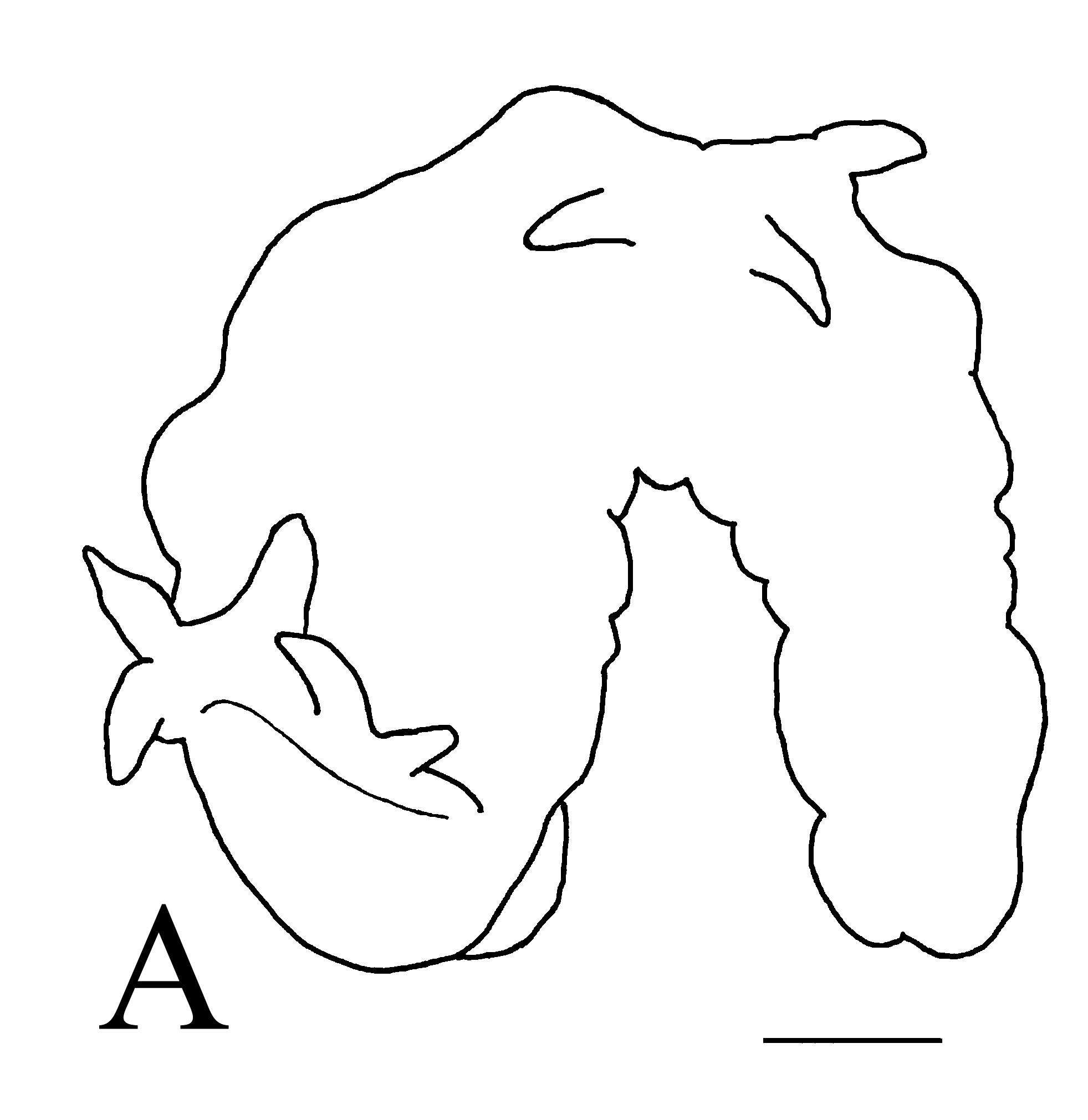As one of the world’s leading researchers on branchiobdellidan annelids (crayfish worms), Dr. Stuart R. Gelder, Emeritus Professor of Biology at the University of Maine at Presque Isle, collaborates with scholars around the world on all aspects of crayfish worm biology. Recently, this has led to three publications with co-authors in North America, Europe, and the Far East.
After five years of investigation with longtime research colleague Dr. Bronwyn W. Williams, a paper on the phylogeny of North American branchiobdellidans will appear in the next issue of Molecular Phylogenetics and Evolution. The paper provides the most comprehensive examination of crayfish worms conducted so far. In the study, Dr. Williams determined the molecular sequences of six genes in the worms involved and compared them, where available, with those from previous researchers. All sequences discovered are deposited in a central repository called GenBank, which makes them available to the public. Their results using the latest protocols established that nearly half of the previously deposited sequences for branchiobdellidans contained errors. This highlighted the importance of using molecular sequencing as well as traditional anatomical features in species identification.
Dr. Gelder’s second publication had its beginnings during a routine environmental monitoring collection in France when Jean-Francois Parpet, a technician with Asconcit Consultants in France, noticed branchiobdellidans on signal crayfish originally imported from the Pacific Northwest region of the U.S. He identified one species but could not name the other two, so he contacted Prof. Francesco Quaglio, at the university in Legnaro, northern Italy, who directed him to Dr. Gelder. The investigation led to the first report of these two North American branchiobdellidan species in Europe, and showed the third to be much more widely distributed in France than previously thought. These results were discussed with similar findings in Japan and have now been published in the journal, Annals de Limnologie – International Journal of Limnology. According to Dr. Gelder, such studies as this are vitally important to environmental and veterinary agencies in the countries involved in tracking both alien pathogenic and non-pathogenic species on commercially introduced food organisms such as crayfish.
Another study headed by Prof. Akifumi Ohtaka, of Hirosaki University in Japan, started when Chinese branchiobdellidans on shrimps were found in Japan in 2005. Their introduction was traced to shrimps imported from China to satisfy the popular sport fishing demands for bait. A seven-person investigation team composed of both Japanese and Chinese researchers described the distribution of the branchiobdellidan in southeastern China, which was believed to be the supply source of the shrimp. Coincidentally, they found an unrelated flatworm on the shrimp, making this the first oriental record of cohabitating flat- and crayfish worms. Dr. Gelder and Dr. Ohtaka have collaborated for nearly 15 years, resulting in five publications and several scholar-cultural exchanges. Dr. Ohtaka came to UMPI in 1996 and 1997, and Dr. Gelder visited Hirosaki University in Japan in 1999. As a result of this long collaboration, Dr. Gelder was asked to identify the branchiobdellidans and assist with preparing the manuscript, which was published recently in the Journal of Natural History, London.
These recent publications have important practical application for tracking long-term impacts on native fauna and habitats caused by the introduced species of crayfish and shrimp, and their worms. In Europe and East Asia, native species of crayfish are one of the most important organisms in maintaining a naturally healthy freshwater environment as well as providing a gastronomic delight to humans. The introduction of North American crayfish has addressed an increasing gastronomic demand, but at the expense of the native population and freshwater habitats. Therefore, monitoring the presence and limiting the spread of these alien crayfish species is a high priority in both Europe and Japan in their attempt to preserve their native freshwater fauna and environment.
Before researchers can track the effects of the alien crayfish worms, Gelder explained, they have to know their distribution. Only then can the subtle interactions between introduced species be studied, and a determination made concerning which is more likely to survive, alien or natives. Many species of crayfish worm are not easy to identify with traditional methods; however, as gene sequencing becomes more available to laboratories, these techniques have proven to be very useful in confirming identifications. The methods used by Drs. Gelder and Williams and those currently being developed, have a number of practical applications. In addition to providing identifications to assist in conservation monitoring, these techniques can be used to backtrack where the crayfish worms came from. This has law enforcement applications, especially in cases where the crayfish were imported illegally into a country.
Dr. Gelder summed up: “Although most people consider crayfish worm research a little weird and generally useless, as one can see from these and previous publications, the information fits into the larger complex political picture of balancing commercial demands for freshwater crayfish and shrimps with protecting the native environmental health in a region.”
